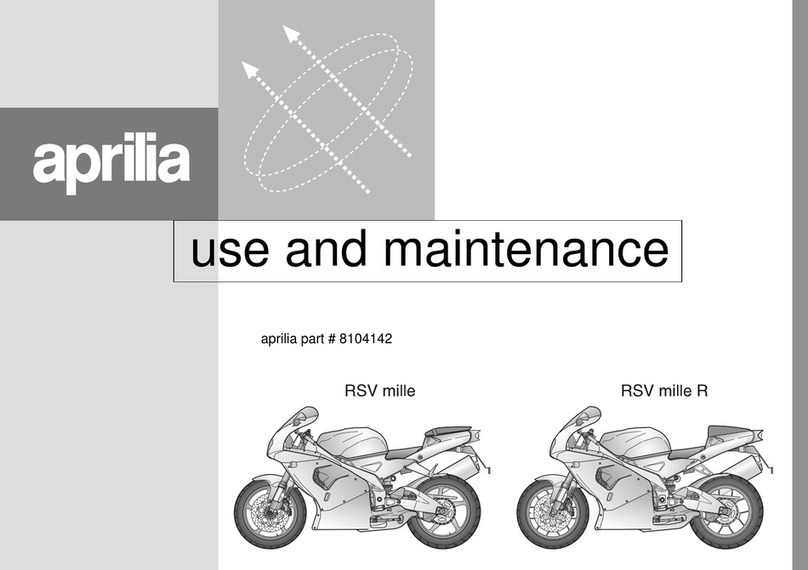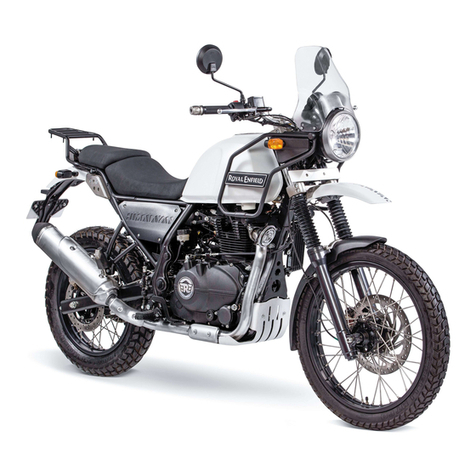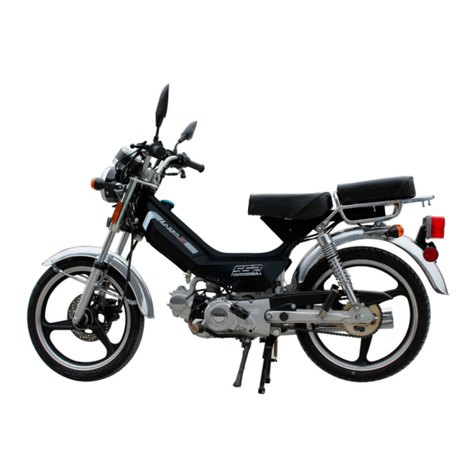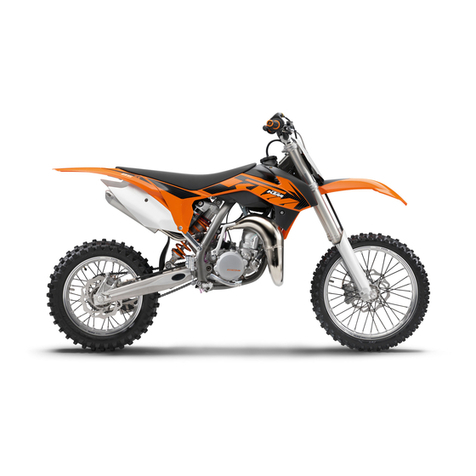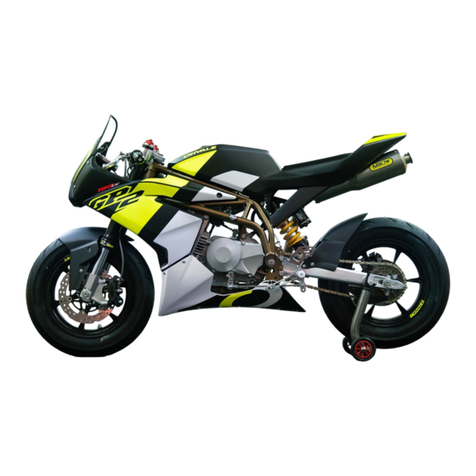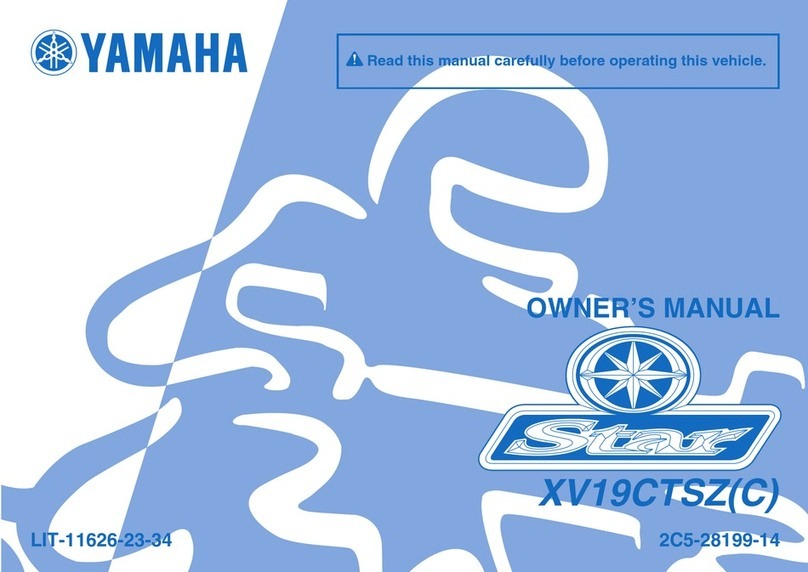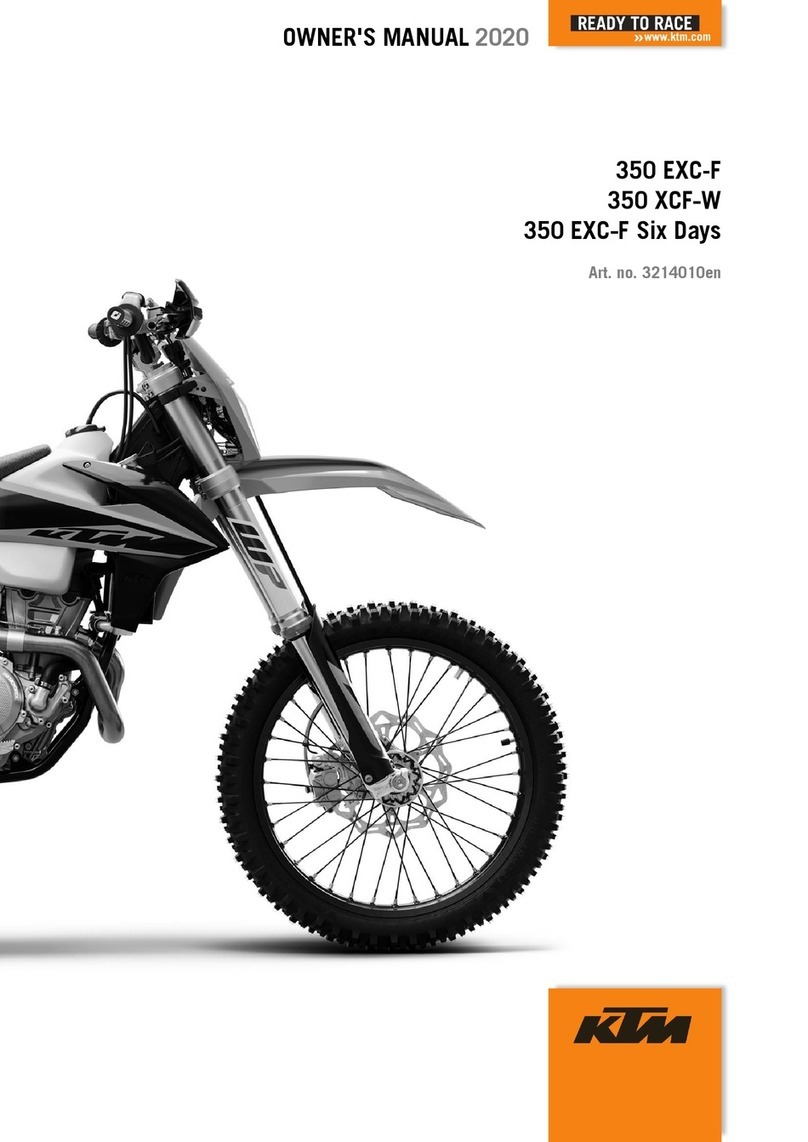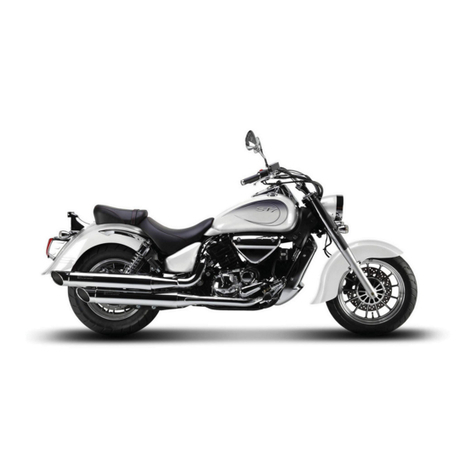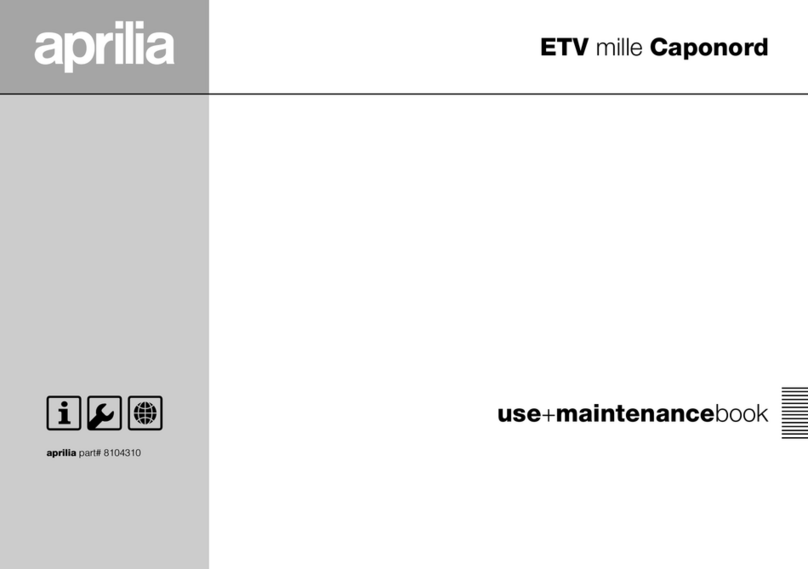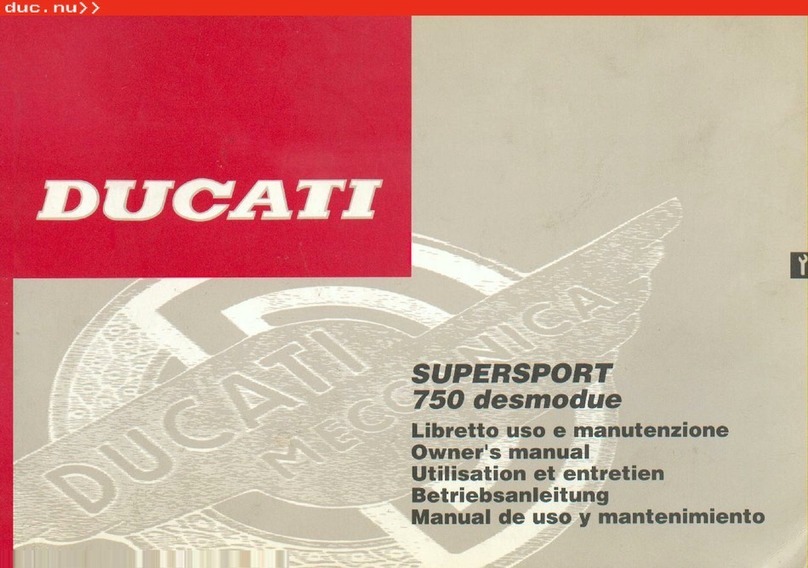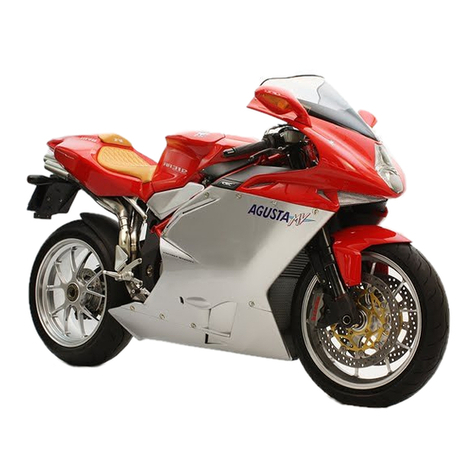
Electrical System : 12 Volts DC
Battery : 12V, 4Ah VRLA
Head Lamp : 12V, 55/60W(Blue Tinge)
Pilot Lamp : LED-DRL
Tail / Stop Lamp : 12V, 21/5W
Turn Signal Lamp : 12V, 10W
Speedometer Lamp : 12V, 4W Bulb
Bajaj Logo : LED
Fuel Gauge Lamp : Analog Moving coil
type
Neutral Indicator Lamp : LED
High Beam Indicator Lamp : LED
Turn Pilot Indicator Lamp : 12V, 1.7W
Low Battery Indicator : LED
Horn : 12V DC
Note :
— All dimensions are under UNLADEN condition.
— Above information is subject to change without
any notice
2
Technical Specifications
• This vehicle complies to BS IV standards.
• DRL is government regulation.
Single Channel ABS unit for Front brake is
fitted on this vehicle.
ABS System Information :
• Always maintain a safe distance between
you and objects ahead. Vehicle speeds
should always be reduced during extreme
road conditions. The braking distance for
motorcycle equipped with an anti-lock
braking system may be longer than for
those without it on rough road conditions.
During these conditions the vehicle should
be driven at reduced speeds.
• When you apply Front brake under
conditions which may lock the wheels, you
feel a corresponding sensation (pulsation)
in Front brake lever. This is normal and it
means your ABS is active.
• Also it is recommended to use both front
& rear brakes simultaneously.
• Always slow down when cornering. The
anti-lock brake system cannot prevent
accidents resulting from excessive speeds.

